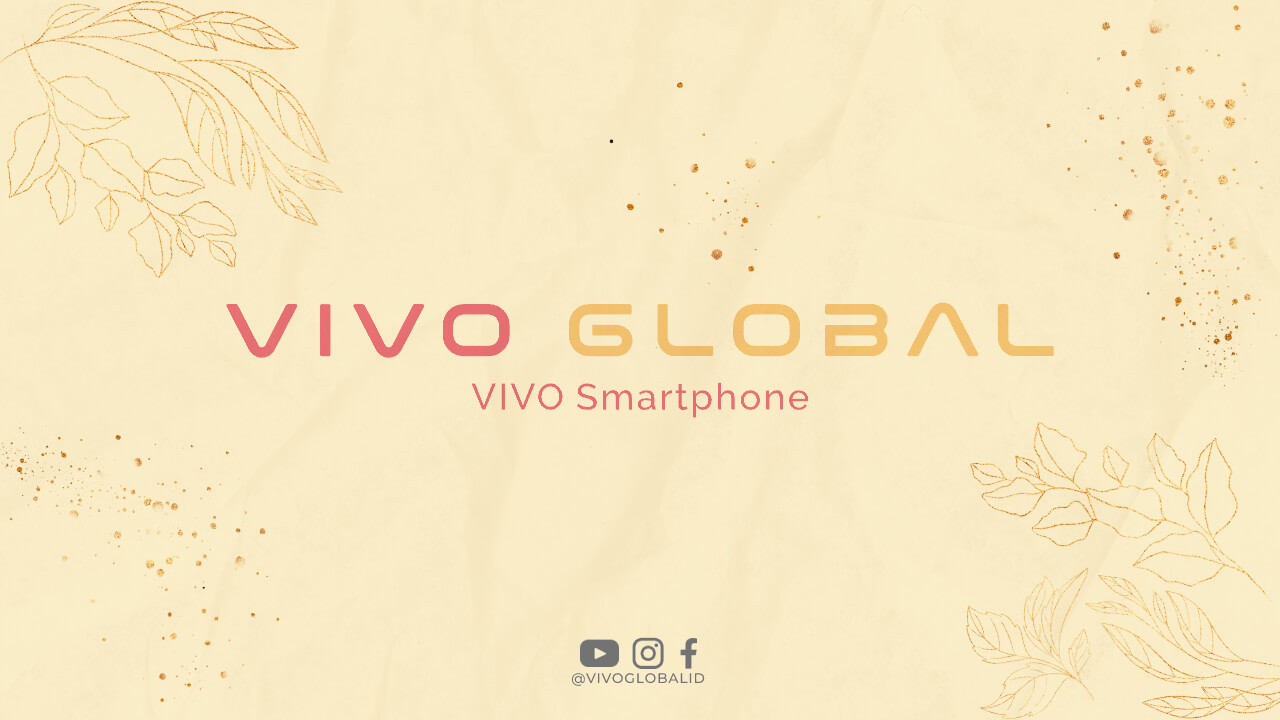Are you interested in learning about the latest technology in the field of communication? If yes, then you are in the right place. In this article, we will be discussing 2616 2, its features, and how it works. So, let’s dive in.
What is 2616 2?
2616 2 is a type of digital communication protocol that is used to communicate between two devices. It is a successor to 2616, which was developed in the 1980s. 2616 2 is designed to provide better communication quality and faster data transfer rates.
Features of 2616 2
2616 2 comes with a range of features that make it an ideal choice for businesses and individuals. Some of its key features include:
- Improved voice quality: One of the main benefits of 2616 2 is its superior voice quality. It uses advanced signal processing techniques to reduce background noise and improve voice clarity.
- Increased data transfer rates: 2616 2 supports faster data transfer rates than its predecessor, which makes it ideal for businesses that need to transfer large amounts of data.
- Enhanced security: 2616 2 uses advanced encryption techniques to ensure that data is transmitted securely between devices.
- Compatibility: 2616 2 is designed to be backward compatible with 2616, which means that it can be used with older devices that support the older protocol.
How does 2616 2 work?
2616 2 works by transmitting data packets between two devices. Each packet contains information about the sender, receiver, and the data being transmitted. The packets are transmitted over a network using a variety of different transmission methods, such as wired or wireless connections. Once the packets reach their destination, they are reassembled into the original data format.
Applications of 2616 2
2616 2 is used in a wide range of applications, including:
- VoIP (Voice over Internet Protocol) phones
- Video conferencing systems
- Instant messaging applications
- Call centers
- Emergency services
Advantages of 2616 2
There are several advantages of using 2616 2, including:
- Better voice quality
- Faster data transfer rates
- Enhanced security
- Backward compatibility
- Reliability
Disadvantages of 2616 2
Like any technology, 2616 2 does have some disadvantages, including:
- Cost: 2616 2 can be more expensive than other communication protocols, which may make it less accessible to some businesses.
- Complexity: 2616 2 can be more complex to set up and configure than other protocols, which may require additional technical expertise.
- Infrastructure requirements: 2616 2 may require additional infrastructure, such as dedicated servers or routers, which may add to the overall cost.
Conclusion
2616 2 is a powerful communication protocol that offers a range of benefits for businesses and individuals. Its improved voice quality, faster data transfer rates, and enhanced security make it an ideal choice for a wide range of applications. However, it is important to carefully consider the costs and technical requirements before implementing 2616 2 in your business.




